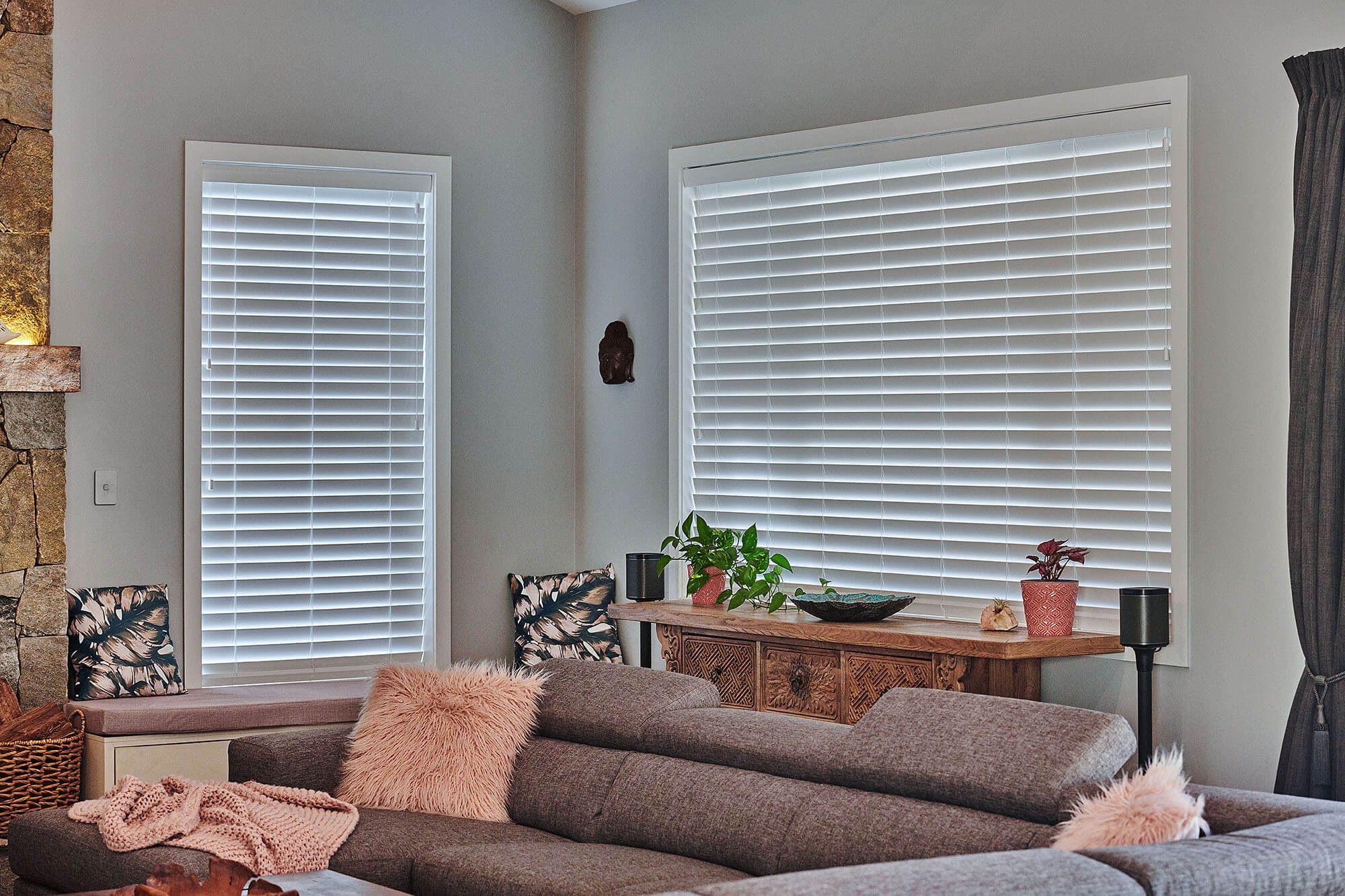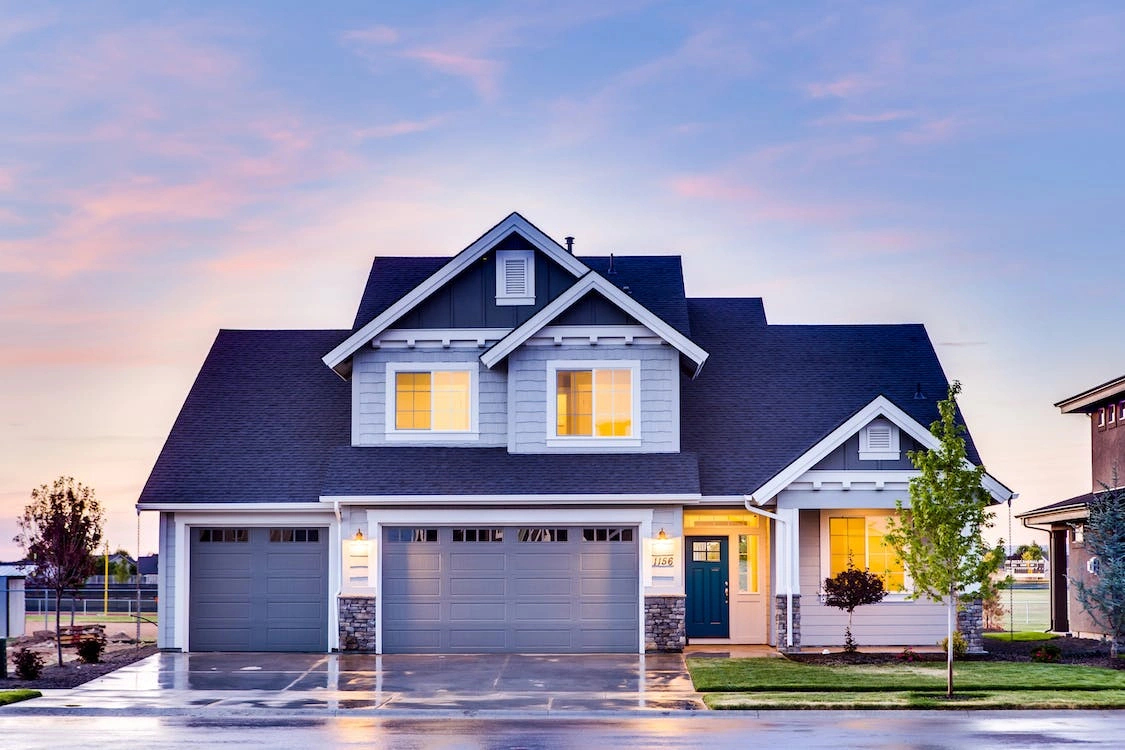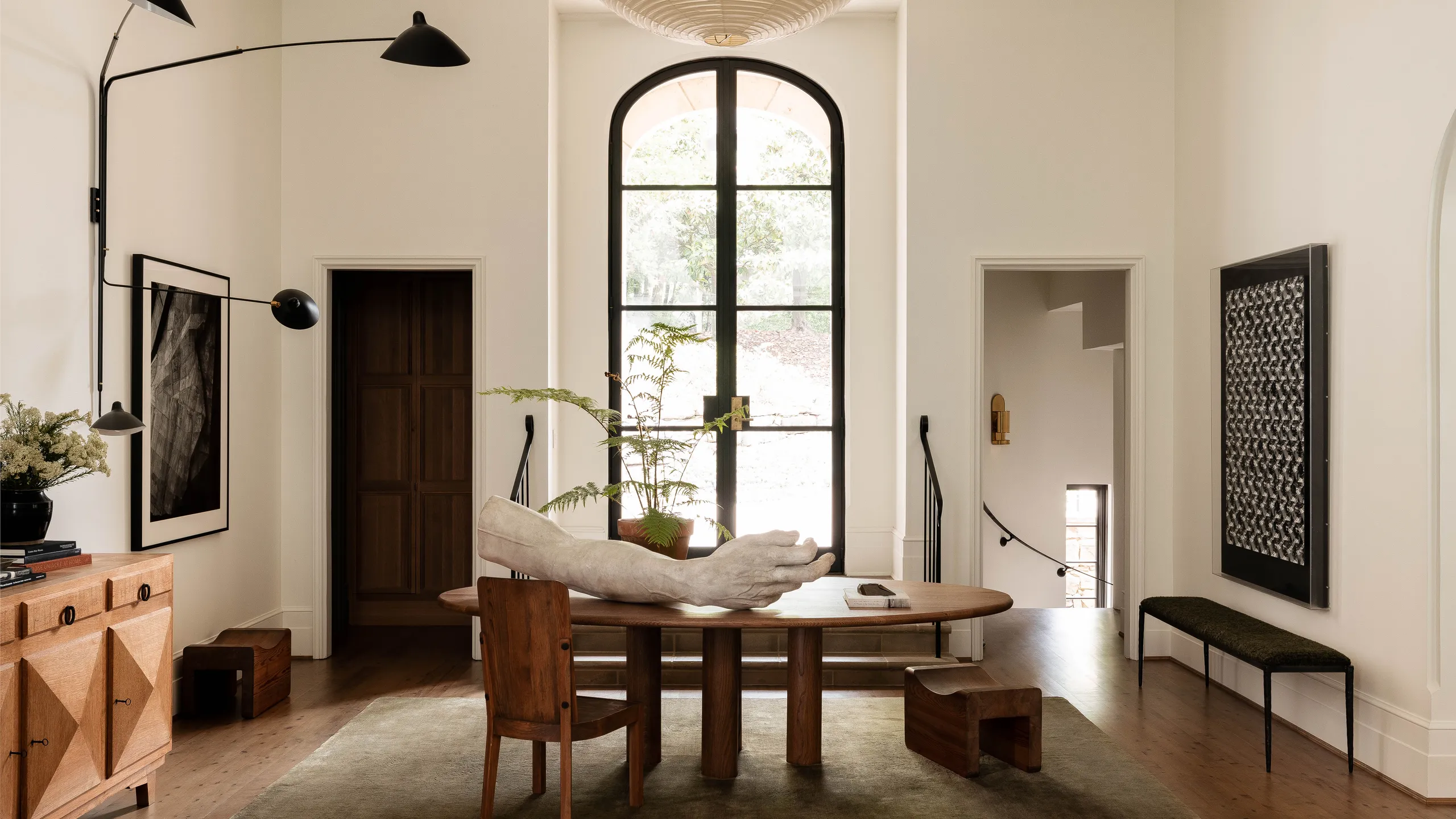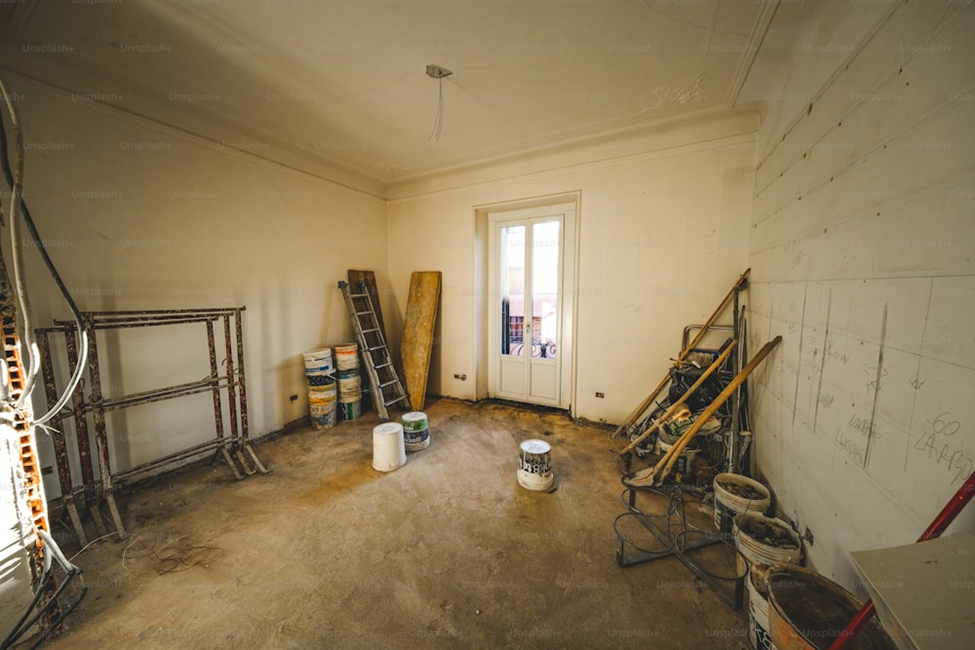Blinds remain a favoured option for window treatments in homes, offering a balance of practicality and aesthetic appeal. Timber Venetian blinds are a popular home decor choice, offering aesthetic appeal and functionality. Made from natural wood, they bring any room a warm and inviting feel. They are versatile enough to suit various decorating styles, from rustic to modern minimalist. So, this blog will explore why these blinds could be the perfect choice for your home.
Natural Beauty and Elegance
Wood possesses a timeless characteristic that seamlessly complements any style of decor. Each slat of a timber blind displays unique grain patterns, textures, and colours, adding sophistication and elegance to a room. Unlike synthetic alternatives, wood can also vary in hue and finish, so you can select a style that perfectly matches your interior.
Durability and Longevity
Wood is remarkably durable, and these blinds are built to last. They are particularly suited to areas of the home that experience fluctuating temperatures and humidity levels, such as kitchens and bathrooms. When adequately maintained, they can last for decades without losing their visual appeal or functionality. This makes them a cost-effective investment in the long run compared to other types of window coverings, which may need to be replaced more frequently.
Enhanced Privacy and Light Control
They offer excellent control over privacy and the light entering a room. The adjustable slats allow homeowners to fine-tune how much visibility and light they want at any given time. Whether you aim for complete privacy or want to let in just a bit of natural light, these blinds provide that flexibility. This feature is particularly useful in living areas and bedrooms where control over these elements is often desired.
Versatility in Design and Style
These are incredibly versatile, making them suitable for any room in your home, regardless of the decor. Offering an extensive selection of sizes, colours, and finishes, these blinds afford you the versatility to match your interior design flawlessly. Whether you prefer a rustic look with natural finishes or a more refined, painted style, they can be customised to meet your preferences. This adaptability makes integrating them into any setting easy, enhancing the overall aesthetic without compromising functionality.
Sound Insulation Benefits
These blinds can also reduce noise levels in your home. Wood’s density and natural composition help absorb and block sound from the outside, making your living space quieter. This feature is particularly beneficial in busy urban areas or rooms facing streets with heavy traffic. Installing them lets you enjoy a more serene and peaceful environment inside your home.
Energy Efficiency
These blinds can enhance the energy efficiency of your home by adding an additional layer of insulation. During winter, closed ones can trap heat inside, reducing the need for heating. In the summer, they can be adjusted to block out heat from direct sunlight, keeping rooms cooler and reducing reliance on air conditioning.
Ease of Maintenance
Maintaining them is surprisingly simple. To eliminate surface dust, you can gently wipe them with a soft cloth or use a vacuum cleaner’s brush attachment. For deeper cleaning, a wood cleaner can help maintain the finish and protect the wood. Unlike fabric blinds, timber ones do not absorb odours or stains easily, which makes them ideal for kitchens and other areas where spills and splashes can occur.
Timber Venetian blinds are an outstanding selection for any homeowner aiming to elevate their living spaces with an option that is both beautiful, durable, and highly functional. These blinds offer unmatched control over privacy and light, add a touch of natural elegance to your decor, and are an easy-to-maintain window treatment solution. Given these advantages, they may serve as the ideal enhancement for your home, seamlessly blending style and utility into a single solution.










